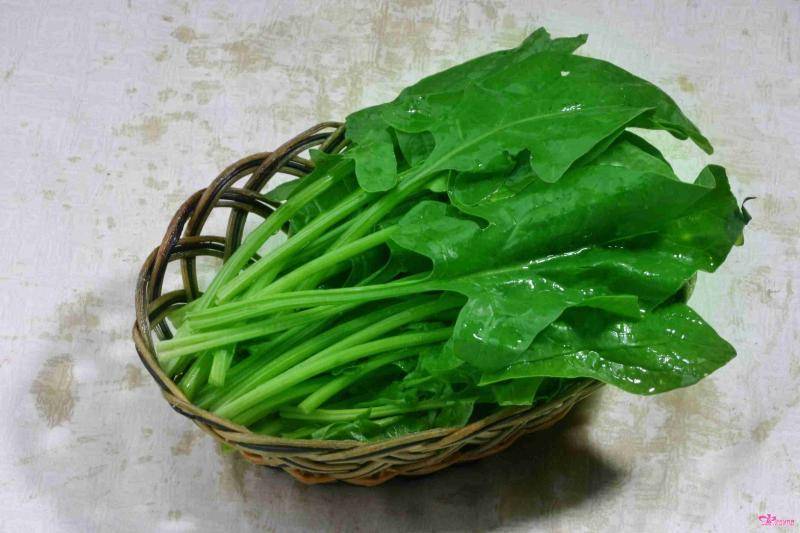Dogs and people, can not only eat meat, vegetables and meat reasonable collocation to eat can grow healthily. The purpose of eating vegetables for dogs is to absorb the minerals, natural antioxidants and vitamins in vegetables. However, because of the high water content in vegetables, resulting in very low protein and fat content, it is not possible to only eat vegetables without meat. We all know that there are certain vegetables that dogs should not eat, so what vegetables should dogs eat?

The first vegetable, carrots. Carrots contain A lot of carotene, which when eaten by dogs can produce A lot of vitamin A, which can prevent dogs from getting night blindness. At the same time, vitamin A can also be transformed in the body, and then promote the development and growth of dog bones, especially for puppy bone development has A great help. Vitamin A can also boost your dog’s immunity and prevent cancerous epithelial tissue. In addition, carrots also contain a lot of plant fiber, if your dog is constipated or the poop is too dry, you can also eat carrots to alleviate.

The second vegetable, tomato. Tomatoes are high in lycopene, vitamin C and B vitamins. Tomatoes are a powerful antioxidant for dogs. It protects your dog from free radicals, which can help prevent some viral diseases. But when you give your dog tomatoes, it’s best to cook them. Dogs can produce vitamin C on their own, though it is no longer available when cooked, and cooked produces antioxidants, which dogs cannot produce on their own.

If you want to keep your dog active, feed your dog more spinach. Spinach contains a lot of vitamin E and selenium, which can effectively prevent dogs from aging. It is also good for the development of the dog’s brain and enhance the dog’s vitality factor. Spinach also contains a lot of insulin and insulin-like, which helps keep your dog’s blood sugar stable, thus preventing diabetes. The iron in spinach also helps prevent anemia, loss of appetite, diarrhea, and hair loss in dogs.

